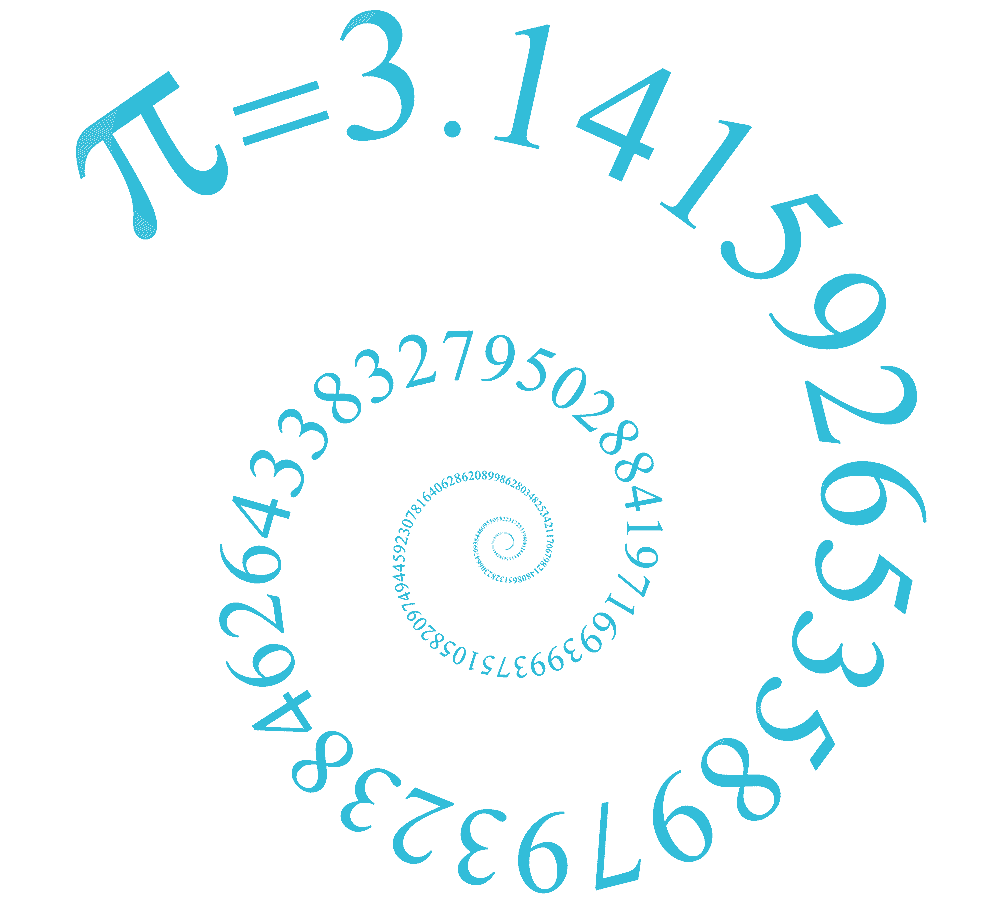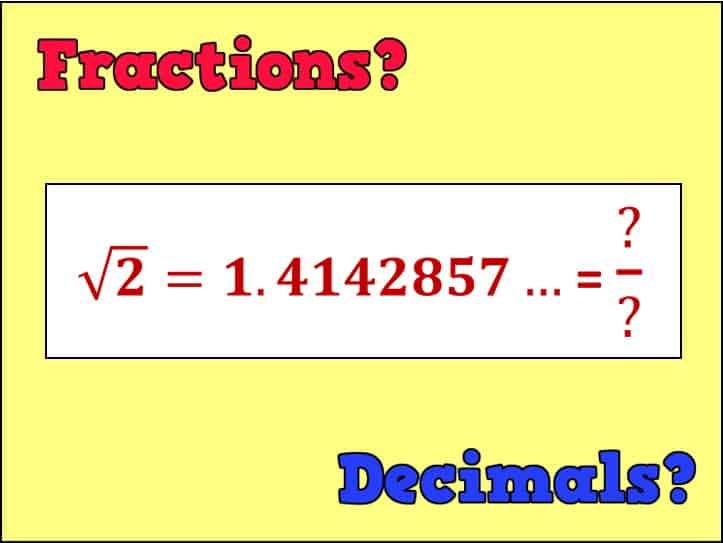DECIMALS ARE WAAAY BETTER THAN FRACTIONS: most GCSE students prefer decimals because they allow you to compare the sizes of two numbers at a glance! For instance, which is bigger out of $\frac{2}{5}$ and $\frac{3}{7}$? Um…? But in decimal form we can easily see that $\frac{3}{7}=0.428571…>0.4=\frac{2}{5}$.
FRACTIONS RULE SUPREME: fractions allow for easy multiplication, and for that reason are often preferred at A-level maths. An example: what is 2.5 x 3.5? Um…? Rewrite the problem using fractions and the answer is easy:
$2.5\times3.5$
$ = \frac{5}{2}\times \frac{7}{2}$
$=\frac{35}{4}$
Note how it’s not only acceptable but is usually preferred to use top-heavy fractions at A-level (there’s no need to change into the “mixed number” ${8}\frac{3}{4}$).
A SNAG: RECURRING DECIMALS: fractions are much more convenient that decimals when it comes to e.g. $\frac{2}{3} = 0.66666…$ or $\frac{1}{7} = 0.142857…$. Here the fraction is exact but the decimal equivalent is clunky and awkward. It either goes on forever, or requires an easily missed “recurring dot” over the repeating digit or digits. Nightmare!
PLEASE MAY I HAVE EVEN MORE NUMBERS? Oh No! – here come the irrational numbers! A square of side length 1 (“unit square”) has a diagonal of length $\sqrt{2}$ which infuriatingly cannot be written as a fraction, and as a decimal expansion goes on forever without ever repeating (If this blows your mind then join the club and take A-level maths to find out why). So what do we do now?
Many of these irrational numbers are so useful that they have their own symbols, such as $\sqrt{3}=1.73205…$, $\pi=3.14159…$ and $e=2.71828…$
TO CONCLUDE: maths uses an assortment of fractions, decimals, surds, special symbols and even bespoke notation for good reasons – creating a subject rich in impressive notation and fun-to-use squiggles!

